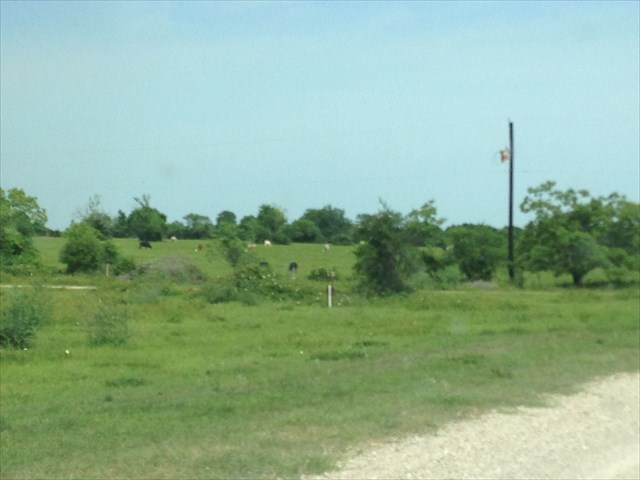Salt domes are fascinating geological structures of ancient origin. Over 500 subsurface salt domes have been mapped in Texas, Louisiana, and Mississippi. During most of the Mesozoic Age from 150 million years BP to 65 million years BP a shallow inland sea covered this region. The Western Interior Seaway periodically dried, leaving vast salt deposits. Later, when the ocean re-filled the basin; loads of sediment, sea shells, and coral reefs were deposited on the layers of salt. Sedimentary rocks such as sandstone, shale, and limestone formed from these deposits. Meanwhile, organic rich mud buried under these layers was transformed into petroleum. On the surface of the earth salt is a solid crystal. But deep underground where it is heated and under high pressure, salt becomes malleable–like toothpaste. All those miles of sedimentary rock squeeze the salt upward (and sometimes sideways and downward), not unlike an hand squeezing a tube of toothpaste. This process explains the shape of salt domes.
The top of salt domes comes into contact with ground water. The chemical reaction of ground water + salt dome creates cap rock, consisting of sulfur, calcite, gypsum, and anhydrite. Miners extract and process these materials because they have wide industrial and agricultural uses. The structure of sedimentary rocks on the edge of the salt domes often trap petroleum, so oil wells are drilled adjacent to them as well.

Illustration of subterranean salt domes in Texas.

Illustration of a typical salt dome. They often trap petroleum deposits.
Cattle grazing on top of Damon Mound, an above ground salt dome located in Texas.

A shallow sea existed over Texas and Louisiana during the Mesozoic. It repeatedly dried out, concentrating vast amounts of salt.
Although there are hundreds of known subsurface salt domes in the region, just an handful breach the surface. Damon Mound in Texas (near Houston) is an example of an aboveground salt dome. It rises 80 feet above the surrounding coastal plain. Avery Island, Louisiana is another aboveground salt dome. It is a forested hill, surrounded by salt marsh. The cap rock here contains Pleistocene-aged sediments where the remains of prehistoric mammals including mammoth, mastodon, Harlan’s ground sloth, Jefferson’s ground sloth, horse, and bison have been excavated. The Mcilhenny family grows tobasco peppers on Avery Island for their famous hot sauce. Hugh Mcilhenny, founder of the company, discovered some of these bones after the Civil War. He kept them on display but the specimens were lost after his death, then later re-discovered by 2 professors. Some were sent to the Smithsonian Museum and others were sent to LSU and Tulane. In 2012 they were returned to Avery Island where they are available for display upon request.
